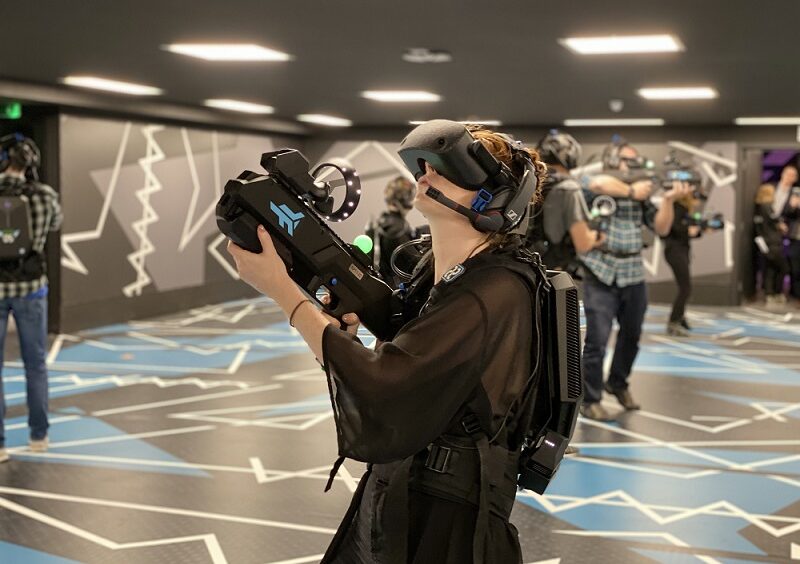Boost Productivity With Employee Engagement and Team Building Activities

In today’s dynamic work environment, fostering a culture of productivity and collaboration is essential for the success of any organization. One effective way to achieve this is through employee engagement activities and team-building exercises. These initiatives not only strengthen bonds between team members but also boost morale and productivity. In this article, we will delve into the significance of employee engagement and team-building activities in enhancing workplace dynamics and driving organizational success.
Understanding Employee Engagement Activities
Employee engagement activities encompass a wide range of initiatives designed to enhance the connection between employees and their work, colleagues, and organization. These activities go beyond traditional work tasks and aim to create a positive and fulfilling work environment. From wellness programs and skill development workshops to social events and recognition programs, employee engagement activities play a crucial role in fostering a sense of belonging and commitment among team members.
By participating in these activities, employees feel valued and appreciated, leading to increased job satisfaction and loyalty. Moreover, engaged employees are more likely to go above and beyond in their roles, resulting in higher levels of productivity and performance. Therefore, investing in employee engagement activities is not just a perk but a strategic approach to driving organizational success.
The Impact of Team Building Activities on Productivity
Team building activities are another essential component of building a cohesive and high-performing team. These activities involve collaborative exercises and challenges aimed at improving communication, trust, and teamwork among team members. Whether it’s playing golf and cricket, multiplayer VR, or problem-solving in game situations, team-building activities provide opportunities for employees to work together towards a common goal in a fun and interactive setting.
One of the key benefits of team-building activities is the breakdown of barriers and silos within teams. By fostering open communication and collaboration, team-building activities help employees build stronger relationships and trust with their colleagues. This, in turn, leads to improved teamwork and problem-solving abilities, essential ingredients for driving productivity and innovation within the organization.
Practical Examples of Employee Engagement and Team Building Activities
To illustrate the effectiveness of employee engagement and team-building activities, let’s explore some practical examples:
- Employee Recognition Programs: Implementing a formal employee recognition program where team members are acknowledged and rewarded for their contributions can significantly boost morale and engagement. Whether it’s through peer-to-peer recognition, employee of the month awards, or performance bonuses, recognizing employees for their hard work and dedication fosters a culture of appreciation and motivation.
- Virtual Team Building Activities: In today’s remote work landscape, virtual team building activities have become increasingly important in maintaining team cohesion and morale. Engaging in team challenges fosters interaction and camaraderie among remote team members, bridging the physical distance between them.
- Volunteer Opportunities: Engaging employees in volunteer activities not only gives back to the community but also fosters a sense of purpose and fulfillment among team members. Whether it’s participating in a charity event, organizing a donation drive, or volunteering at a local shelter, giving back to society as a team strengthens bonds and enhances employee engagement.
Maximizing the Impact of Employee Engagement and Team Building Activities
While employee engagement and team building activities can yield significant benefits, it’s essential to approach them strategically to maximize their impact. Here are some tips for effectively implementing these initiatives:
- Align Activities with Organizational Goals: Ensure that employee engagement and team building activities are aligned with the organization’s mission, values, and objectives. Activities should reinforce desired behaviors and promote a positive work culture that supports productivity and innovation.
- Solicit Employee Input: Involve employees in the planning process by soliciting their input and feedback on the types of activities they would enjoy and find meaningful. This not only increases buy-in and participation but also ensures that activities resonate with employees’ interests and preferences.
- Measure and Evaluate Results: Regularly assess the effectiveness of employee engagement and team-building activities by gathering feedback and measuring outcomes. Use surveys, focus groups, and performance metrics to gauge employee satisfaction, teamwork, and productivity levels. Adjust activities as needed based on feedback and results to continuously improve engagement and performance.
Conclusion
Employee engagement and team-building activities play a vital role in fostering a positive work environment, enhancing teamwork, and driving productivity. By investing in these initiatives, organizations can create a culture where employees feel valued, motivated, and connected to their work and colleagues. Whether it’s through recognition programs, virtual team-building activities, or volunteer opportunities, the benefits of fostering employee engagement and teamwork are undeniable. Therefore, organizations must prioritize these initiatives as part of their overall strategy for success in today’s competitive landscape.

 English
English 



